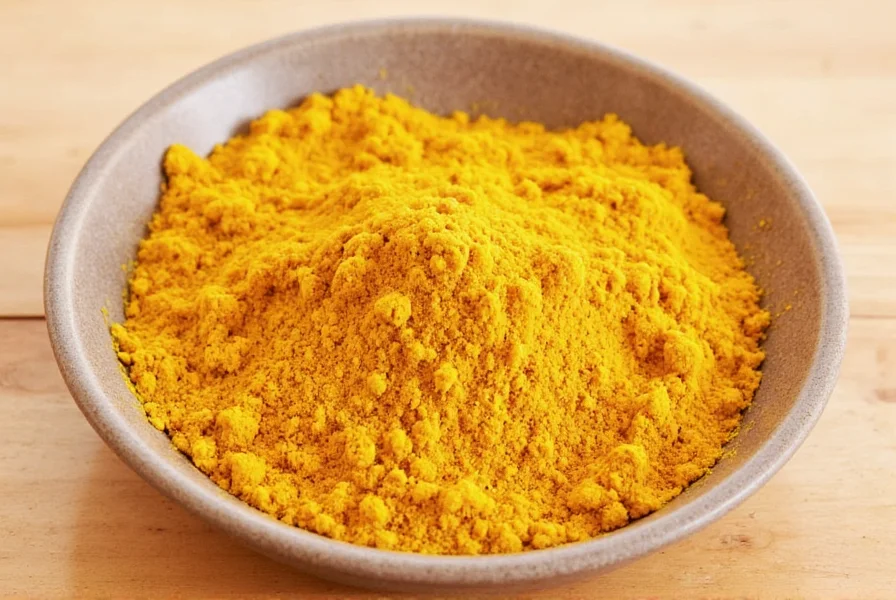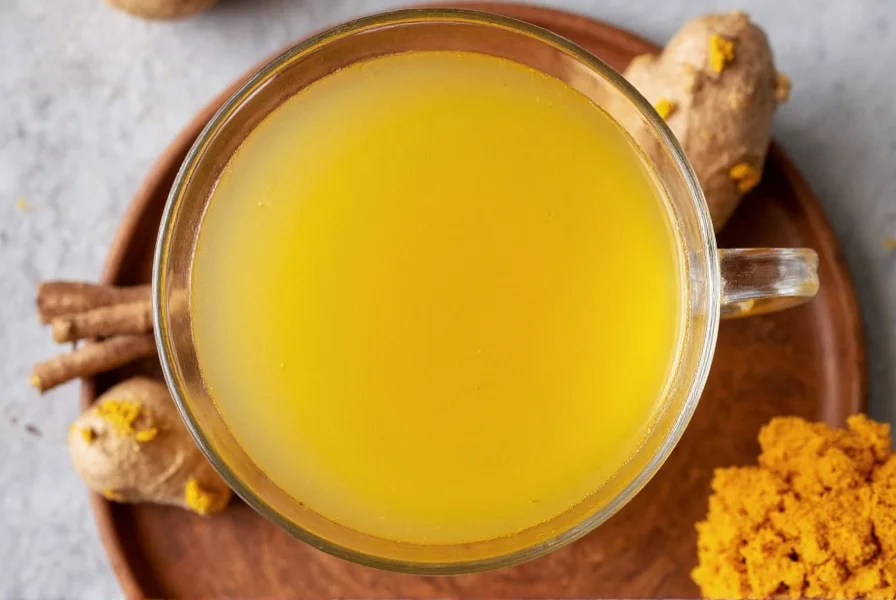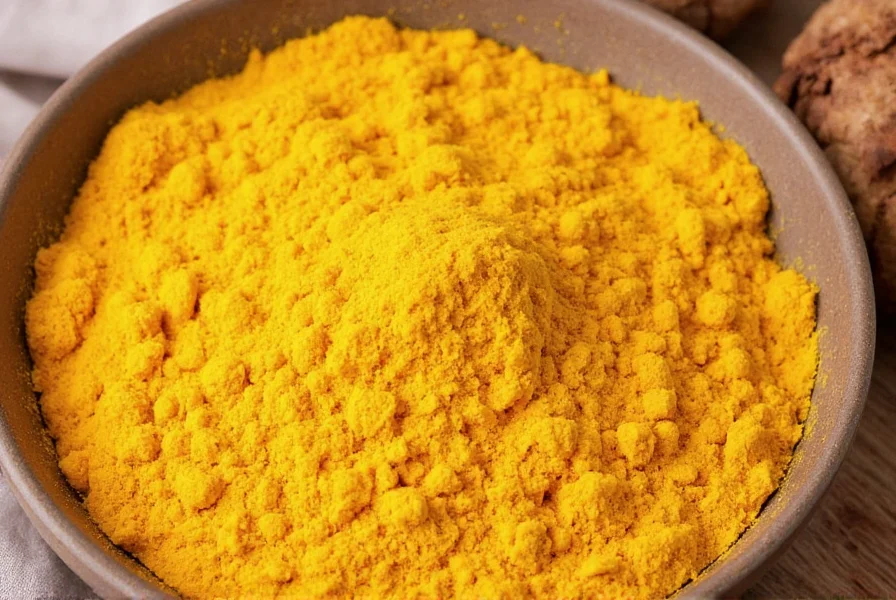For centuries, turmeric and ginger have been staples in traditional medicine systems across Asia. Modern science is now validating many of these traditional uses while revealing new insights about how these spices interact with our biology. This comprehensive guide explores what current research tells us about combining these two potent botanicals, separating evidence-based findings from popular claims.
The Science Behind Turmeric
Turmeric (Curcuma longa), that vibrant yellow-orange spice, contains curcumin as its primary active compound. Curcumin represents only about 2-8% of raw turmeric but accounts for most of its studied biological effects. Research published in Advances in Experimental Medicine and Biology indicates curcumin modulates multiple biochemical pathways related to inflammation.
One significant challenge with turmeric is bioavailability. Curcumin has poor absorption and rapid metabolism. Studies show that consuming turmeric with black pepper (which contains piperine) can increase curcumin absorption by up to 2,000%. Fat-soluble compounds like curcumin also benefit from being consumed with healthy fats.
Ginger's Bioactive Properties
Ginger (Zingiber officinale) contains gingerols and shogaols as its primary active compounds. These compounds give ginger its characteristic pungency and are responsible for many of its studied effects. Research in Nutrients journal demonstrates ginger's potential benefits for digestive health, particularly in managing nausea and supporting gastric motility.
Unlike turmeric, ginger generally has better bioavailability. However, the concentration of active compounds varies significantly based on whether you're using fresh, dried, or processed ginger. Fresh ginger typically contains higher levels of gingerols, while dried or cooked ginger has more shogaols, which may have different biological activities.
Synergistic Effects of Turmeric and Ginger
When considering turmeric ginger combinations, research suggests potential synergistic effects. A 2020 review in Phytotherapy Research examined how these spices might work together:
| Property | Turmeric | Ginger | Potential Combined Effect |
|---|---|---|---|
| Primary Compounds | Curcuminoids | Gingerols/Shogaols | Diverse molecular targets |
| Anti-inflammatory Pathways | NF-kB inhibition | COX-2 inhibition | Broad-spectrum inflammation modulation |
| Digestive Support | Moderate bile stimulation | Strong gastric motility enhancement | Comprehensive digestive support |
| Antioxidant Capacity | High ORAC value | Moderate ORAC value | Enhanced overall antioxidant protection |
These complementary mechanisms suggest why traditional medicine systems often combined these spices. However, most research on turmeric ginger combinations remains preliminary, with many studies conducted in laboratory settings rather than human trials.
Practical Applications and Dosage
For those interested in incorporating turmeric ginger into their routine, several evidence-informed approaches exist:
- Fresh preparations: Grating fresh turmeric and ginger root (about 1/2 inch each) into smoothies or teas provides natural compounds in their most bioavailable forms
- Culinary use: Adding both spices to curries, soups, and stir-fries enhances flavor while delivering health-promoting compounds
- Supplementation: Standardized extracts typically provide 400-600mg curcumin with piperine and 250-500mg ginger extract, though individual needs vary
When considering turmeric ginger dosage recommendations, most studies showing benefits use:
- 500-2,000mg of turmeric root powder daily
- 1-3g of fresh ginger daily
- For standardized extracts: 80-500mg curcumin and 100-250mg ginger extract
Timing matters too. Consuming these spices with meals enhances absorption and reduces potential gastrointestinal discomfort.
Safety Considerations
While generally safe when consumed as food, higher doses used therapeutically require caution. Turmeric ginger combinations may interact with certain medications:
- Both spices have mild blood-thinning properties, potentially interacting with anticoagulants
- Ginger may lower blood sugar, requiring monitoring for diabetes medication users
- Turmeric may interfere with certain chemotherapy drugs
- Ginger could exacerbate heartburn in susceptible individuals
Pregnant women should consult healthcare providers before using therapeutic doses, though culinary amounts are generally considered safe. Those with gallbladder issues should exercise caution with turmeric, as it may stimulate bile production.
Managing Expectations
Despite promising research, it's crucial to maintain realistic expectations about turmeric ginger benefits. These spices work as complementary approaches rather than standalone treatments. The anti-inflammatory effects, while significant in research contexts, are generally more subtle than pharmaceutical interventions.
Quality matters significantly. Turmeric's curcumin content varies widely between sources, and many commercial products contain minimal active compounds. When selecting supplements for turmeric ginger combinations, look for standardized extracts with verified curcumin and gingerol content.
Conclusion
The combination of turmeric and ginger represents a fascinating intersection of traditional wisdom and modern science. While research continues to evolve, current evidence supports their potential as complementary dietary components for supporting overall wellness, particularly for inflammation management and digestive health. As with any natural approach, consistency and realistic expectations yield the best results. Always consult with healthcare professionals before using these spices therapeutically, especially if managing specific health conditions or taking medications.


Can I take turmeric and ginger together every day?
Yes, culinary amounts of both spices are generally safe for daily consumption. Many traditional diets regularly include both. For therapeutic doses, consult a healthcare provider as high amounts over extended periods may cause digestive discomfort in some individuals.
What's the best way to prepare turmeric and ginger for maximum benefits?
Combining fresh turmeric and ginger with black pepper and healthy fats creates optimal absorption. Try grating both into warm coconut milk with a pinch of black pepper. The heat helps release active compounds while the fat and piperine enhance bioavailability of curcumin.
How long does it take to notice benefits from turmeric ginger combinations?
Effects vary by individual and purpose. For digestive support, some notice improvements within hours. For inflammation management, consistent use for 4-8 weeks typically shows measurable effects. Remember that these are gradual, supportive approaches rather than immediate solutions.
Are there any specific conditions where turmeric and ginger work particularly well together?
Research suggests potential benefits for osteoarthritis management, as both spices target inflammation through different pathways. They may also support digestive health, particularly for nausea and occasional indigestion. However, they should complement—not replace—medical treatments for specific conditions.
Does cooking affect the beneficial compounds in turmeric and ginger?
Moderate cooking preserves most beneficial compounds. In fact, heating turmeric slightly increases curcumin solubility. However, prolonged high-heat cooking may degrade some compounds. For maximum benefit, add fresh ginger toward the end of cooking, while turmeric benefits from brief heating with fat to enhance absorption.











 浙公网安备
33010002000092号
浙公网安备
33010002000092号 浙B2-20120091-4
浙B2-20120091-4